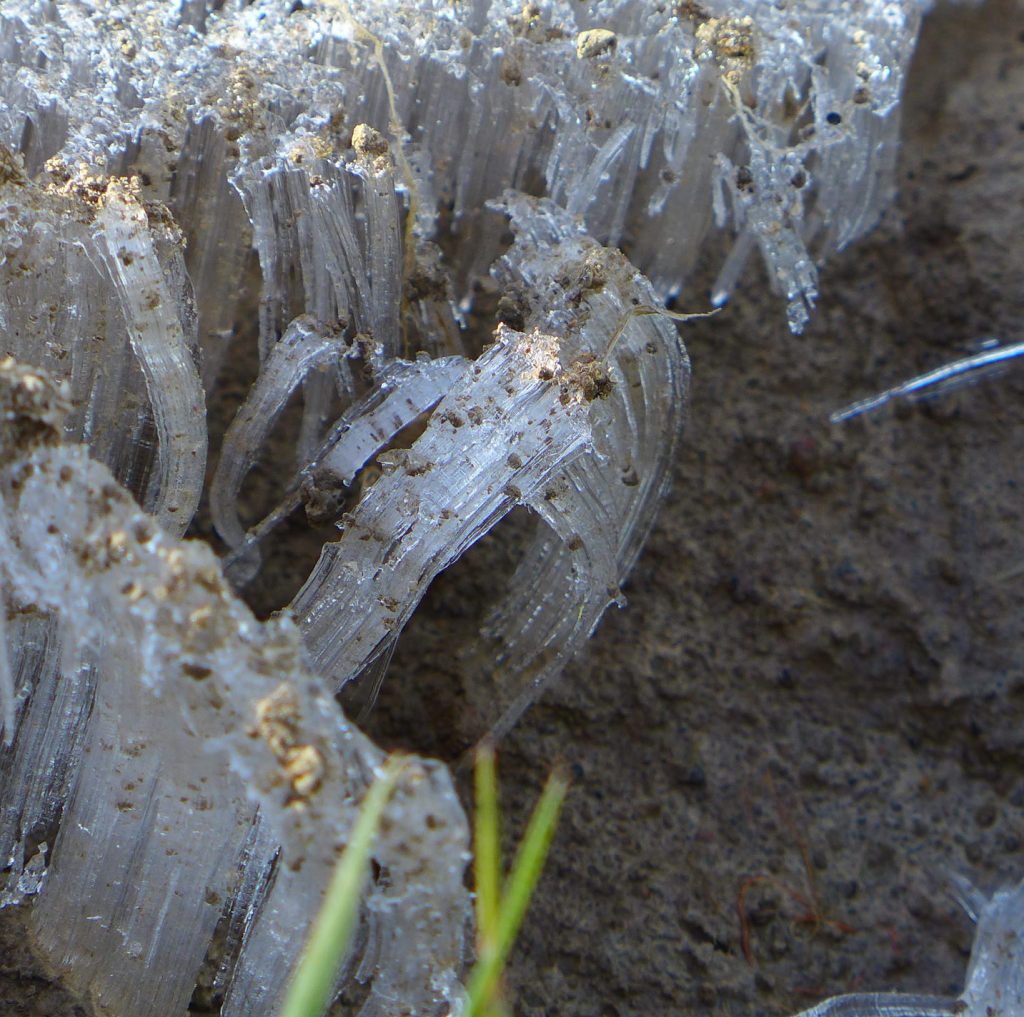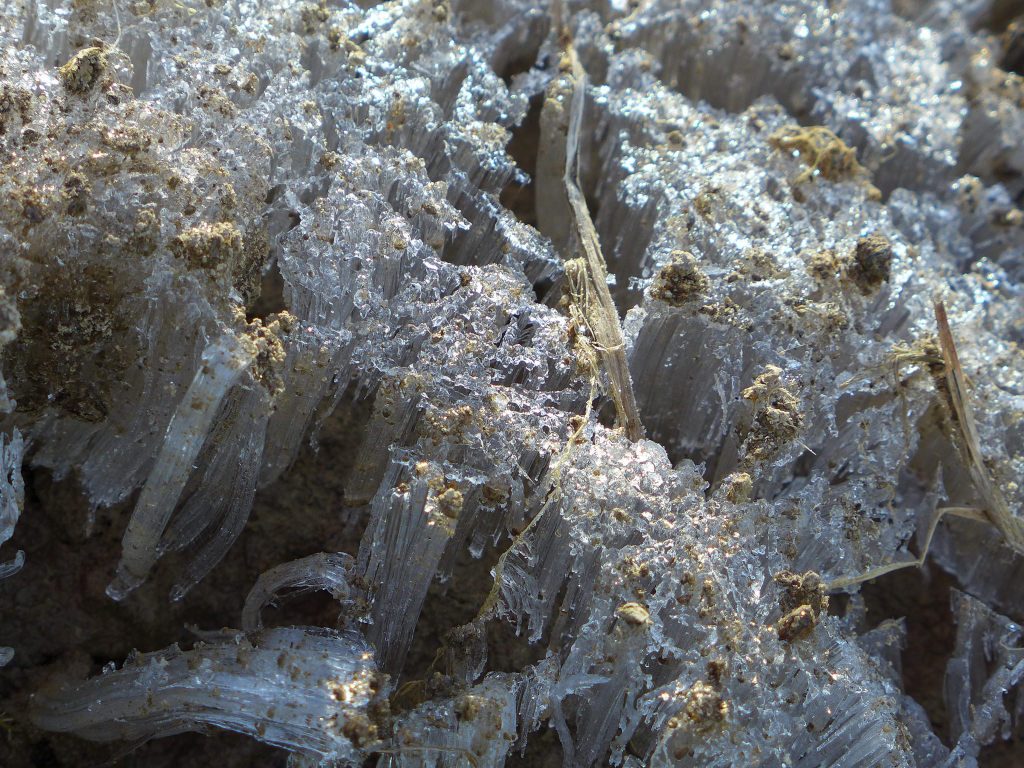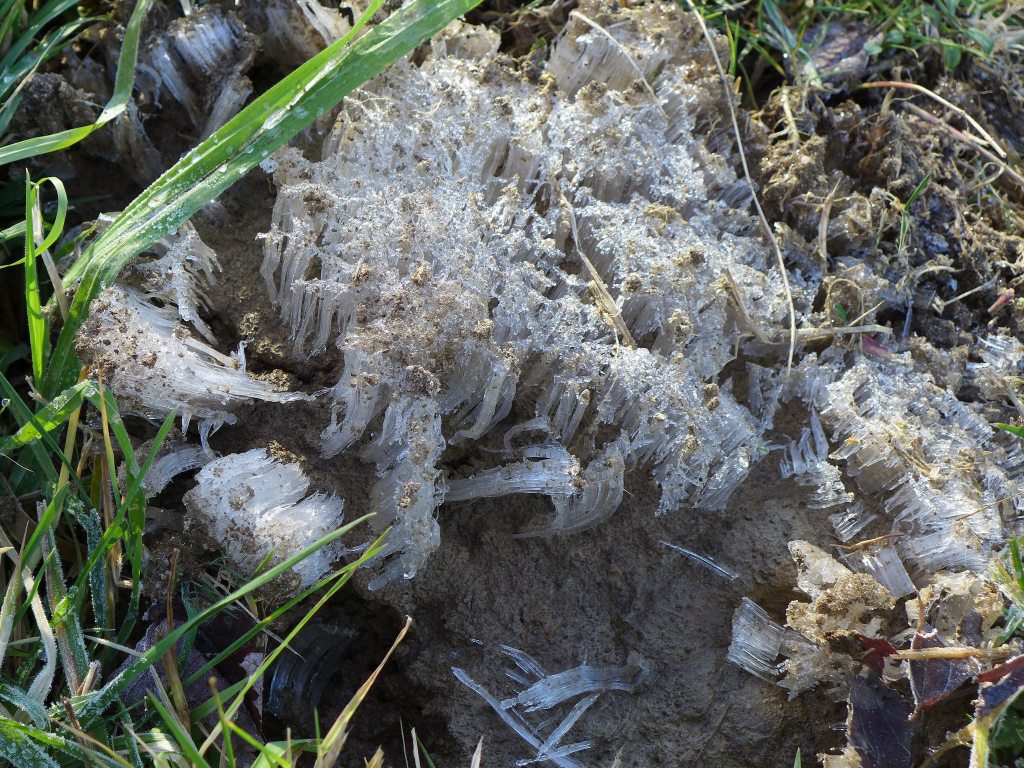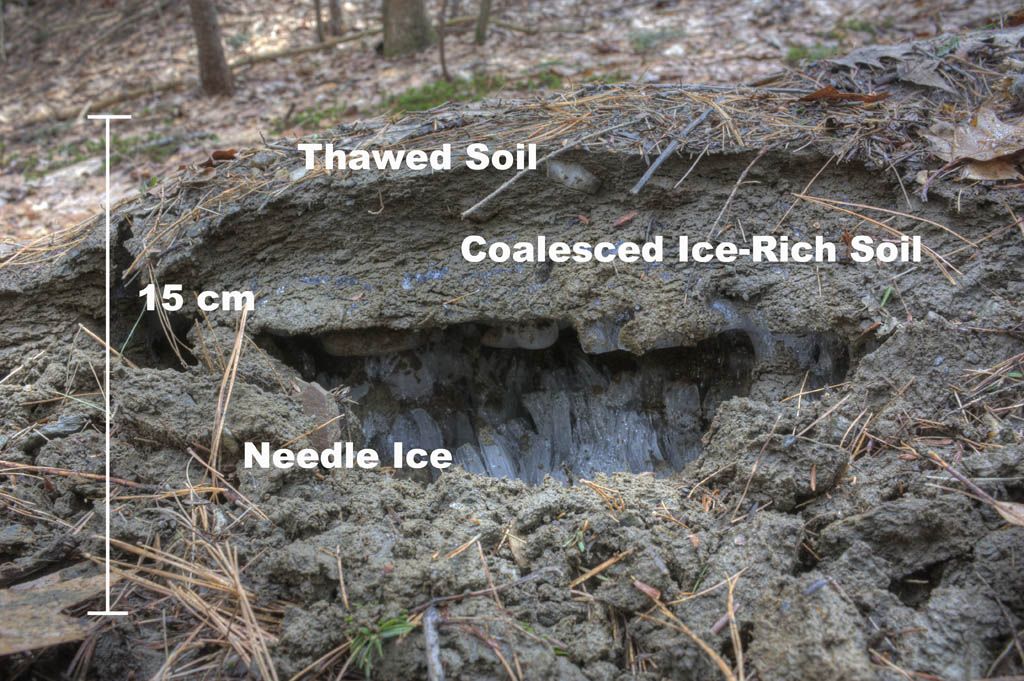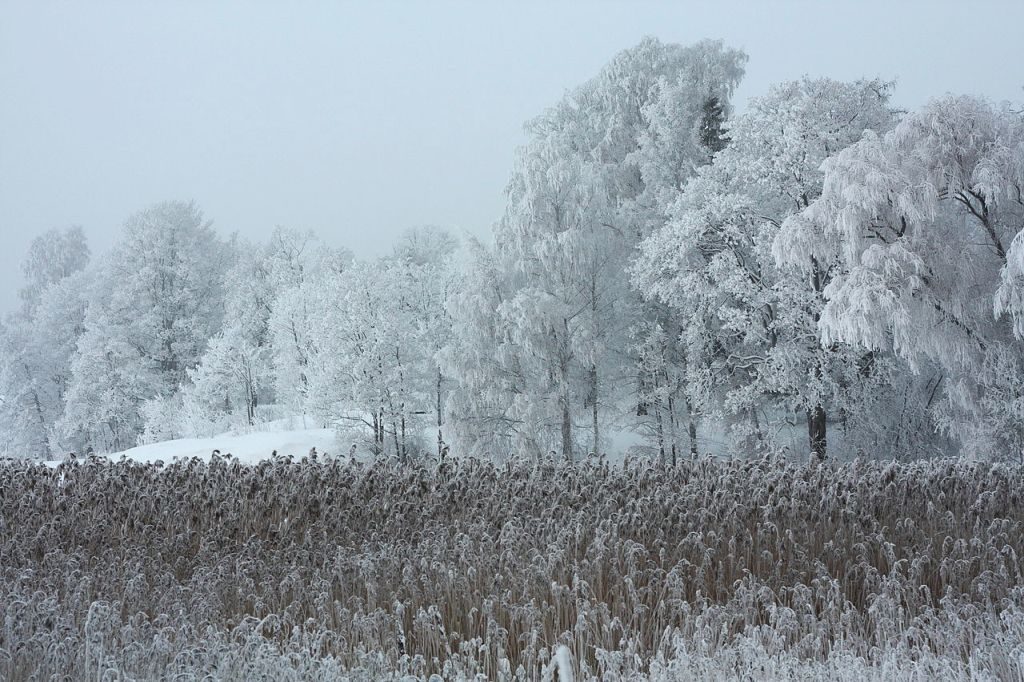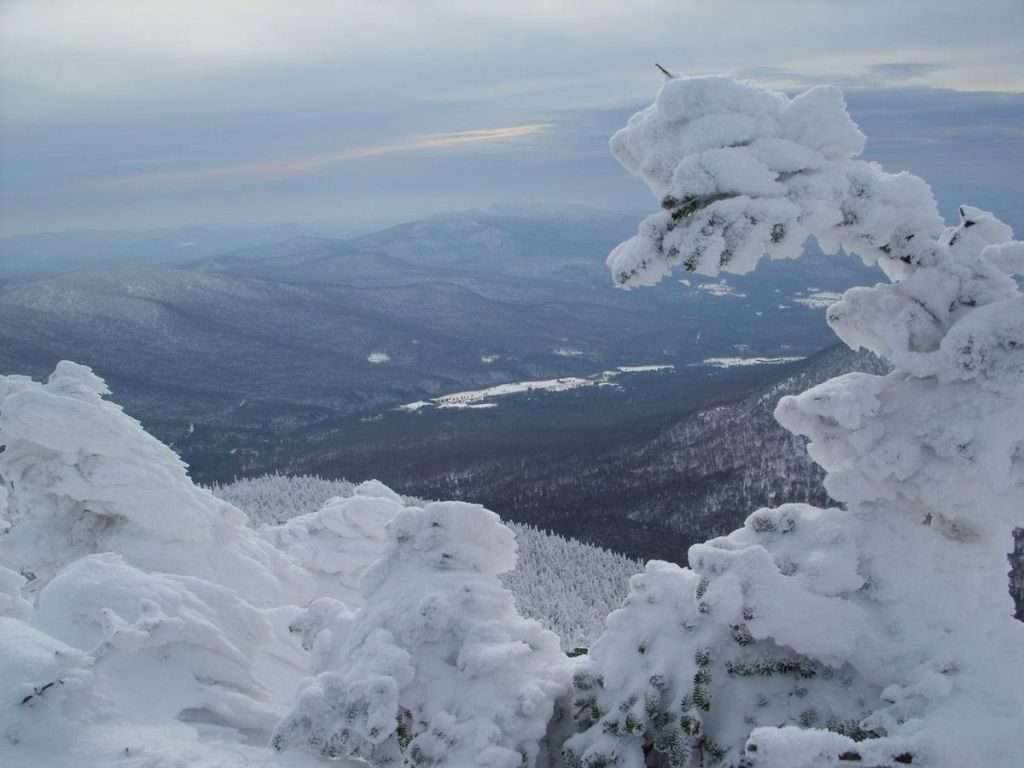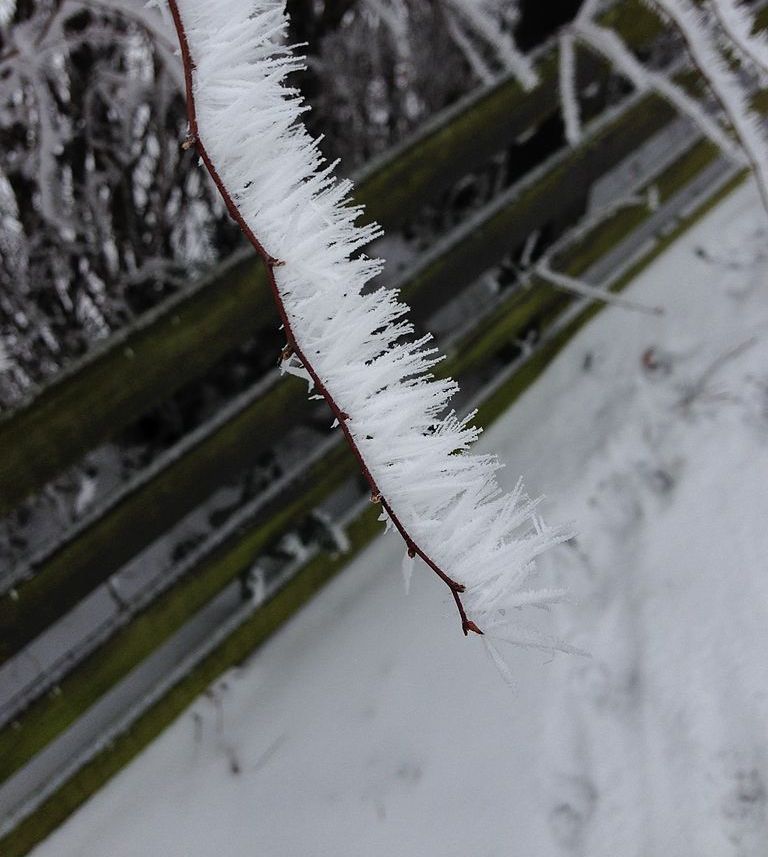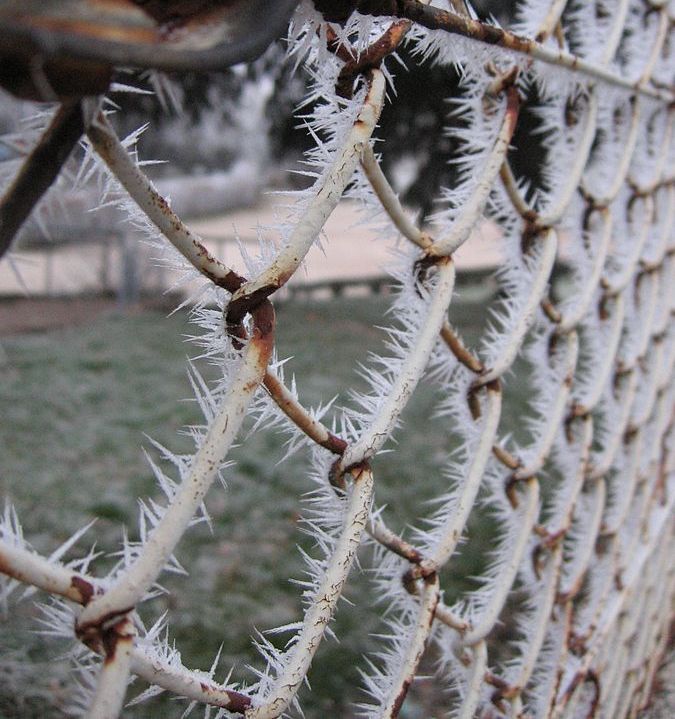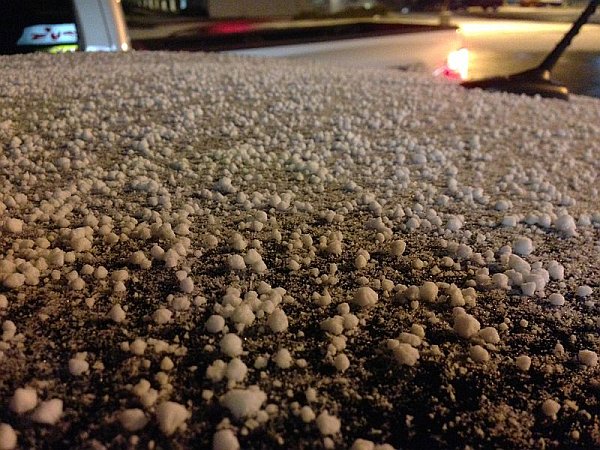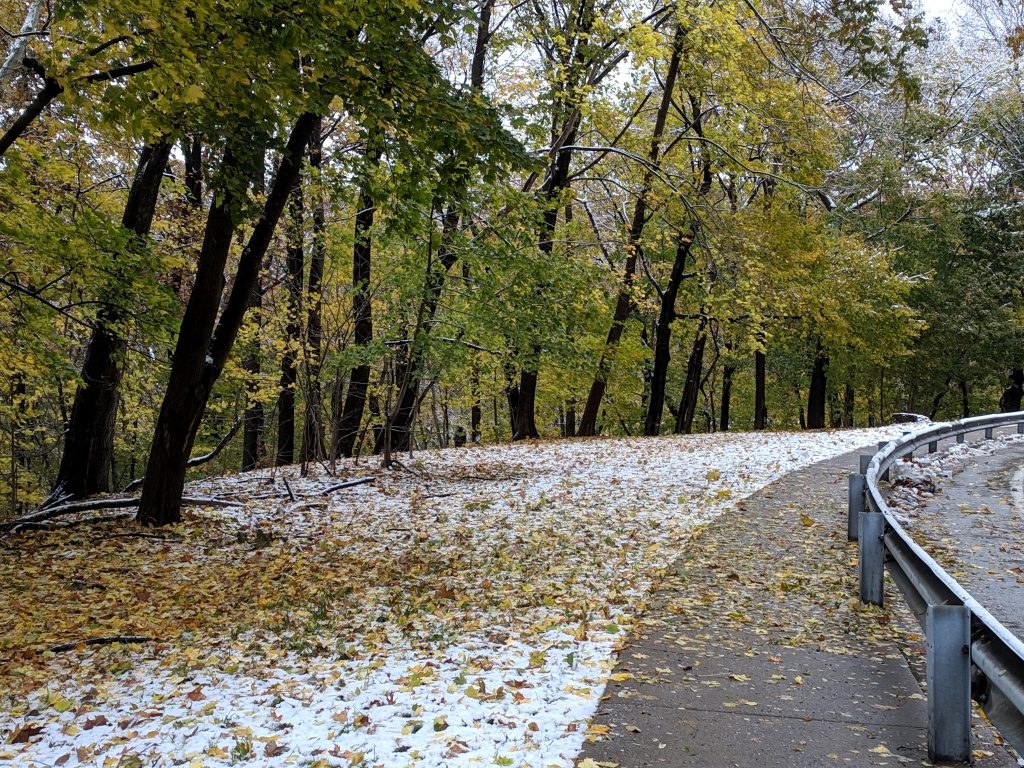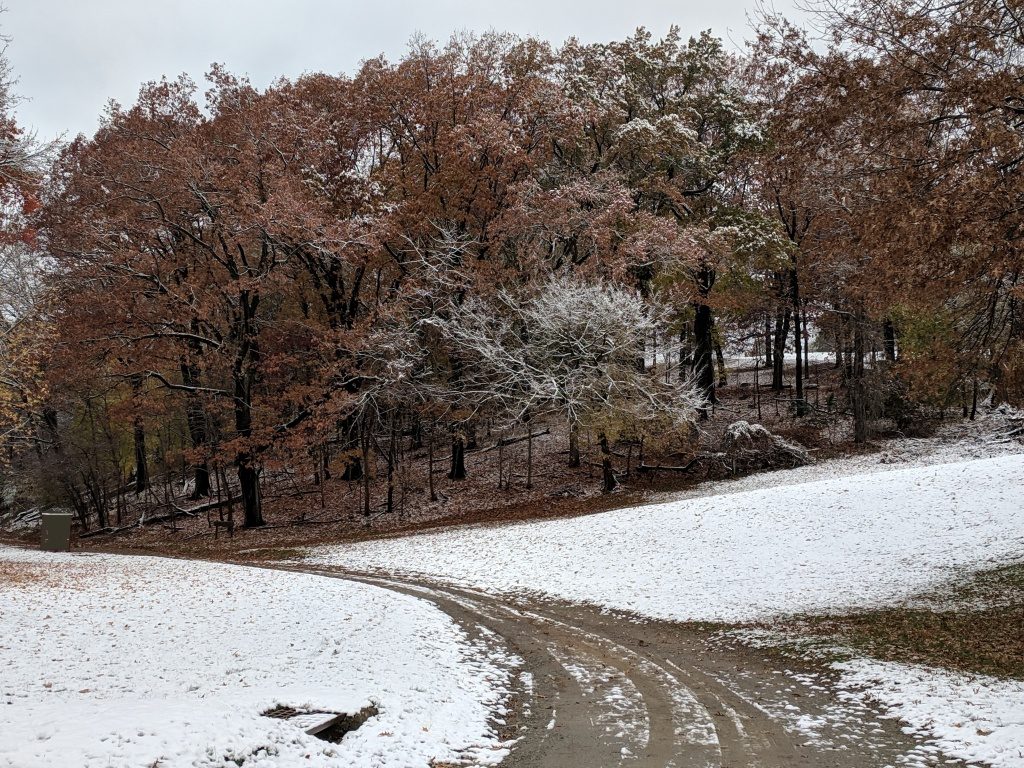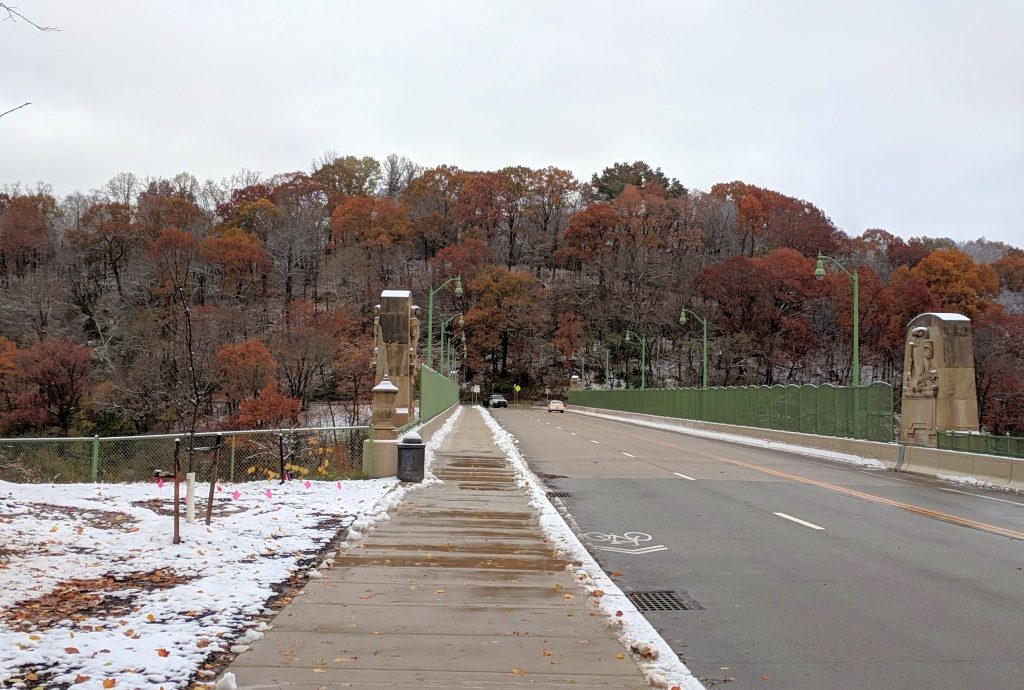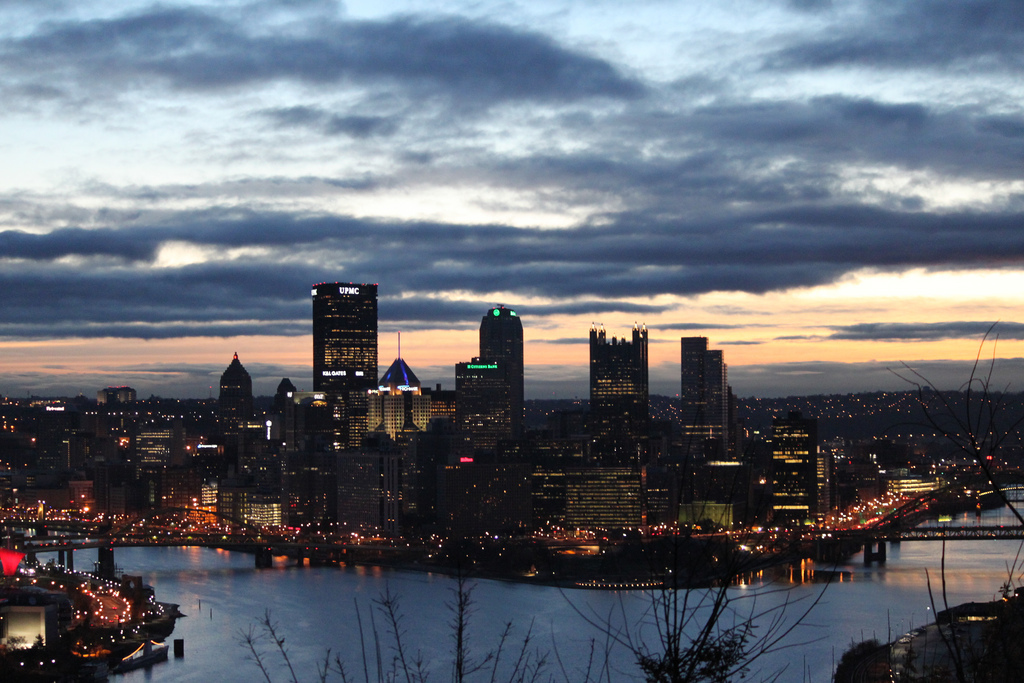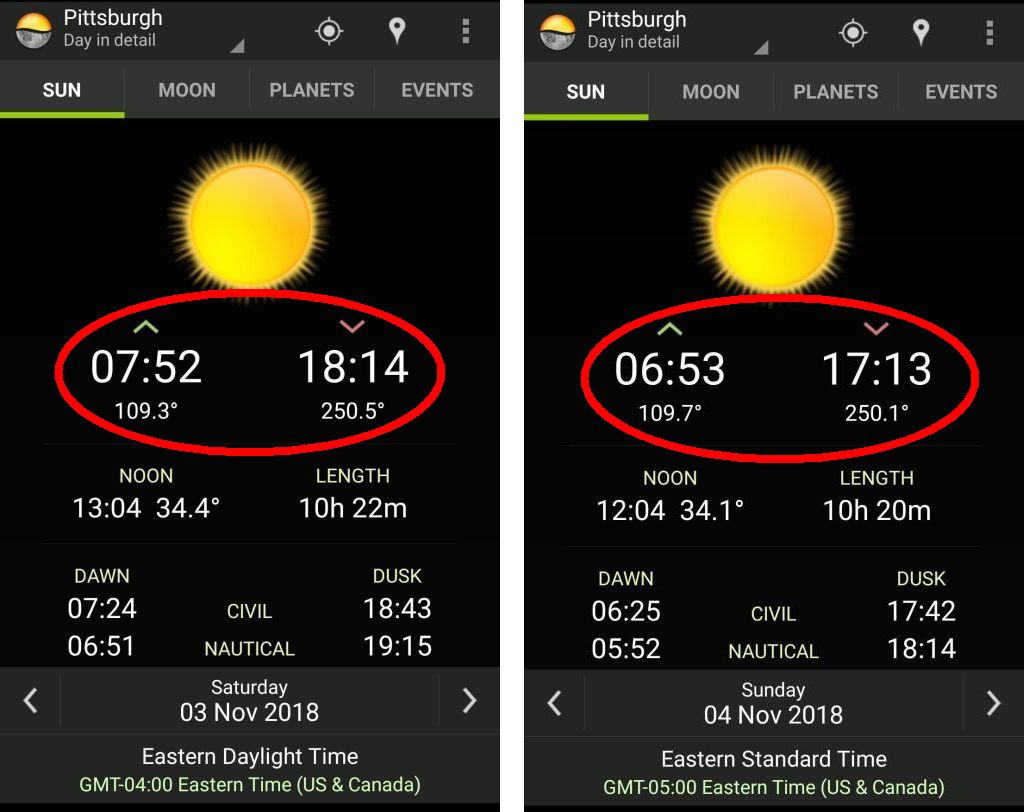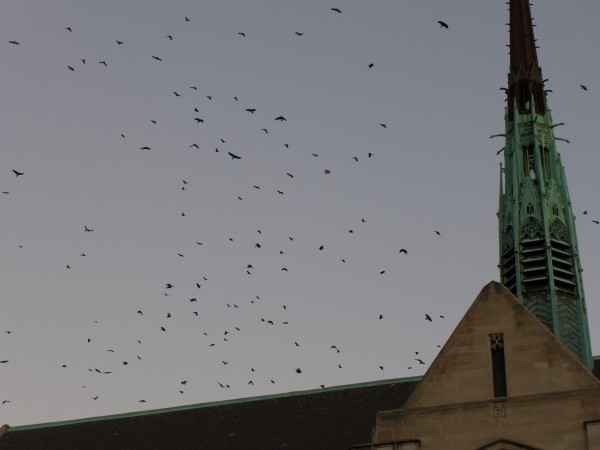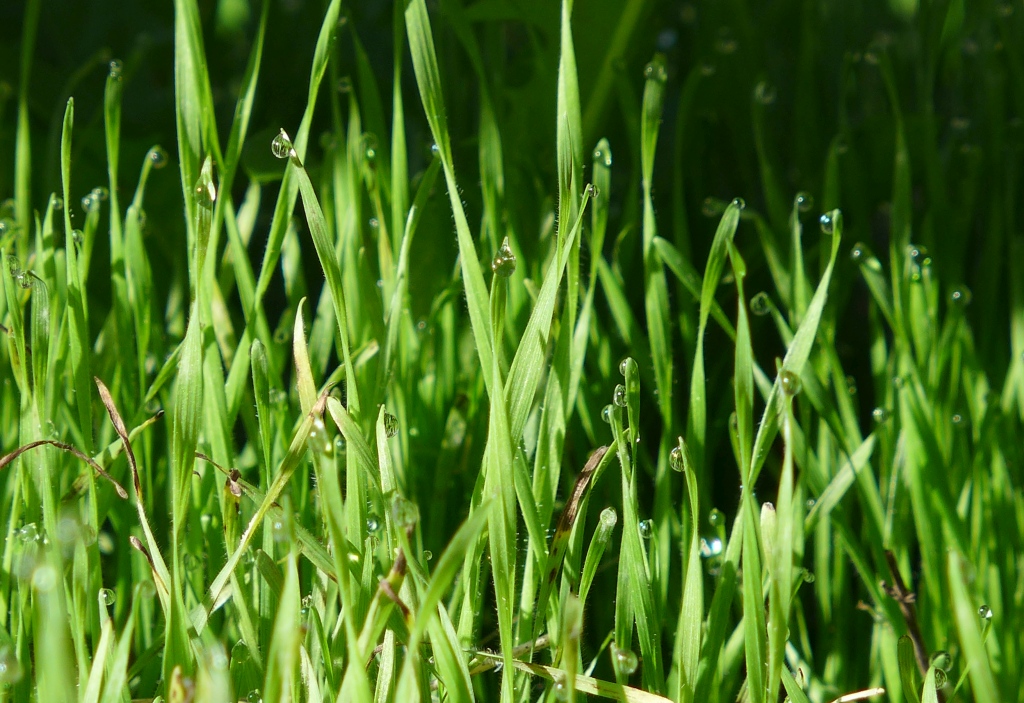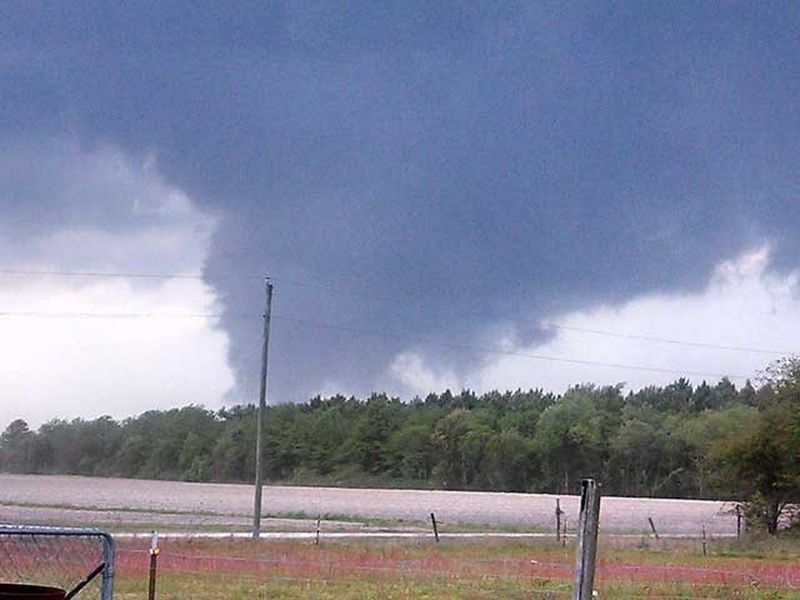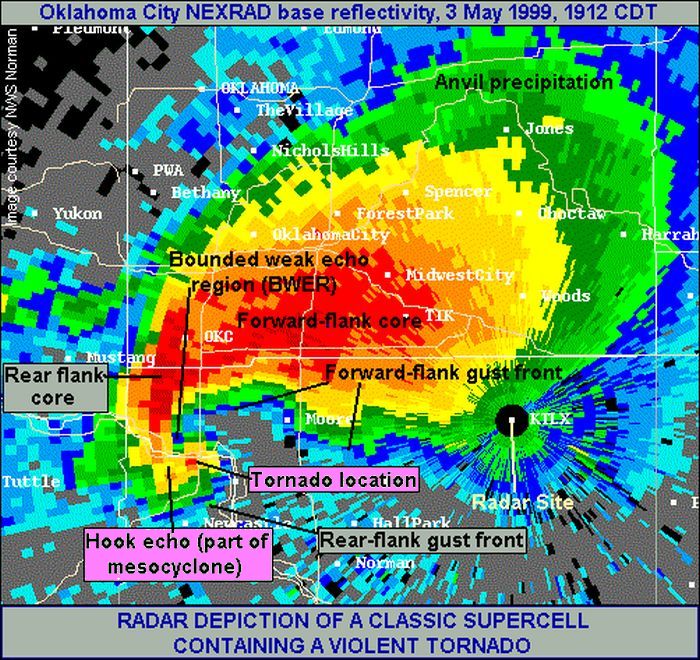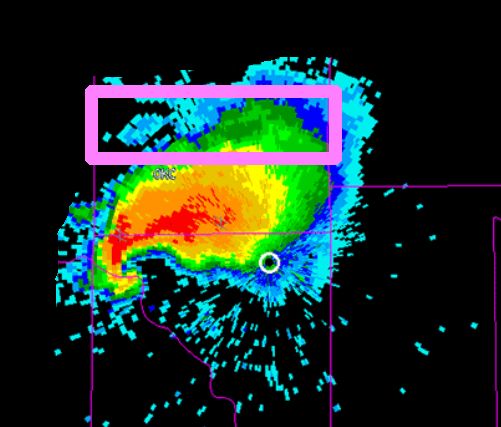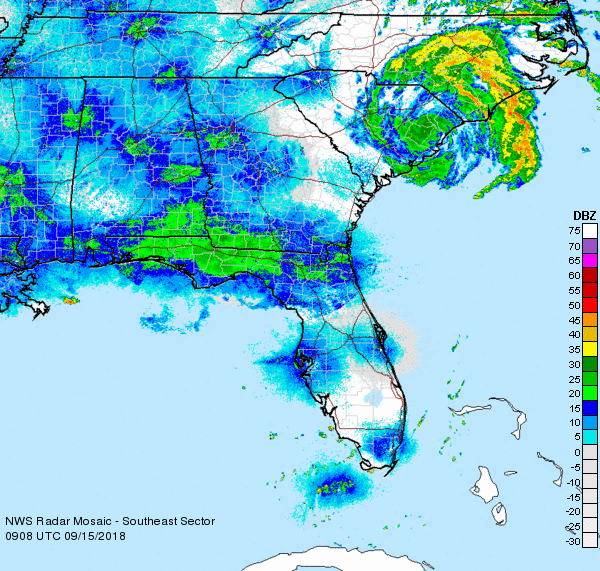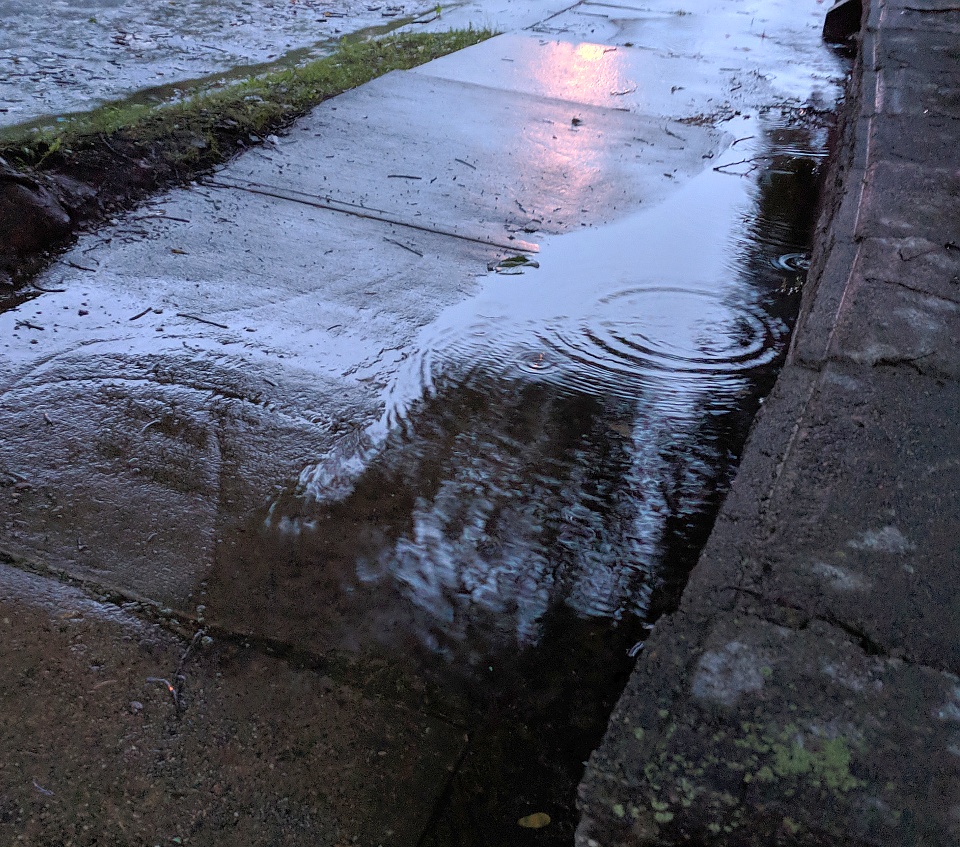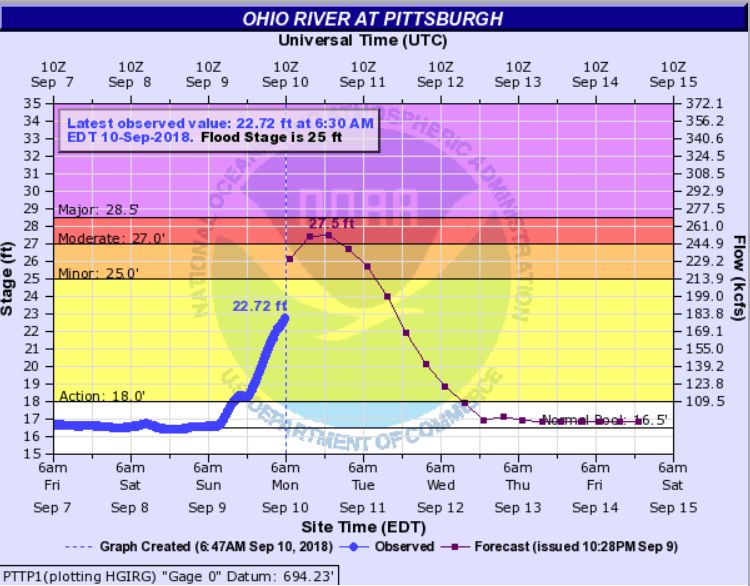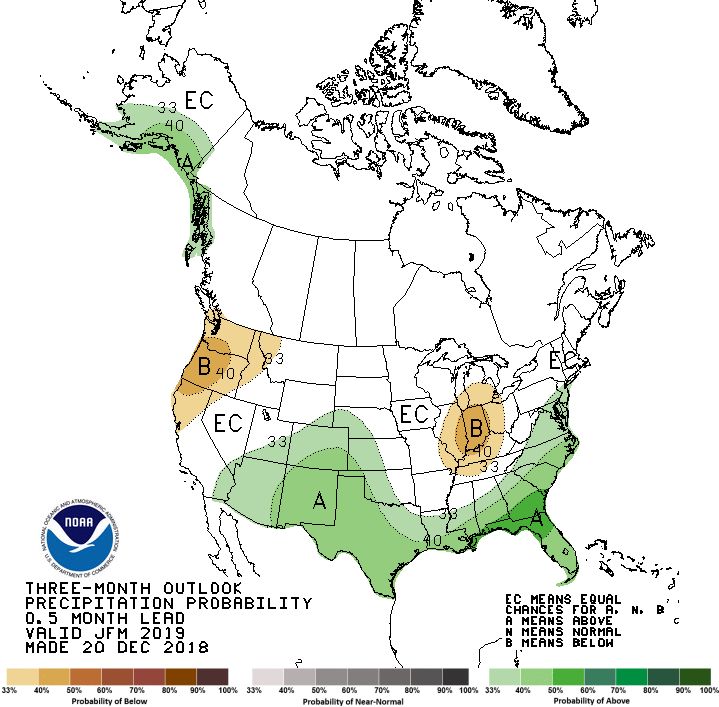
Though this prediction is old news it will affect us very soon. It looks like Pittsburgh will have normal weather in the next three months, whatever that means in these crazy climate days.
According to NOAA’s precipitation outlook (above), Pittsburgh has an equal chance of being exceptionally wet or dry during January through March 2019.
The big news, but not for Pittsburgh, is that it’s going to be incredibly warm in western North America — especially in the Pacific Northwest, Alaska and Canada — and colder than normal in the Southern Appalachians. This is due to climate change and a developing El Niño in the eastern Pacific.
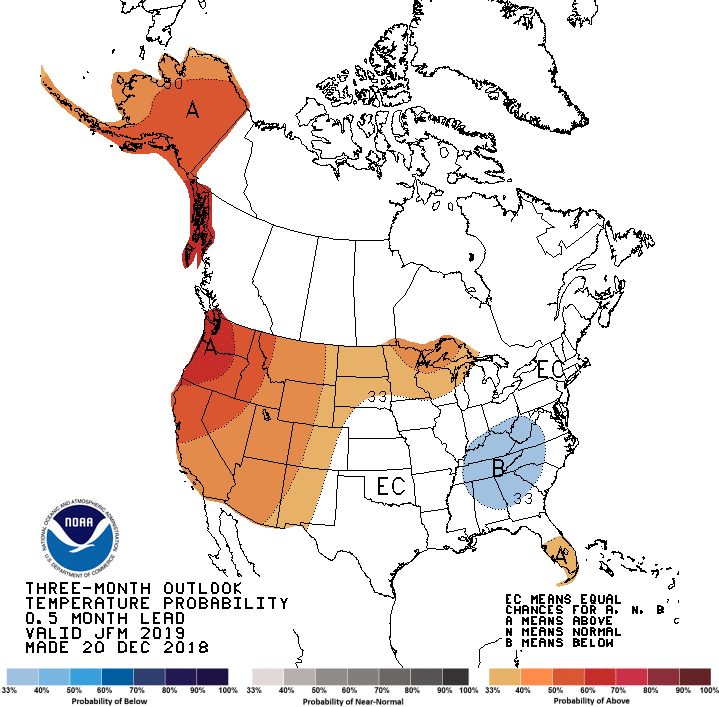
I won’t mind less rain in the next three months. We had record-setting rainfall in 2018: 57.83 inches, which is 19.64 inches — or 51.4% — above normal!
It won’t be so wet in early 2019. Maybe.
For more information and an interesting visual see the forecast at WeatherNation TV.
